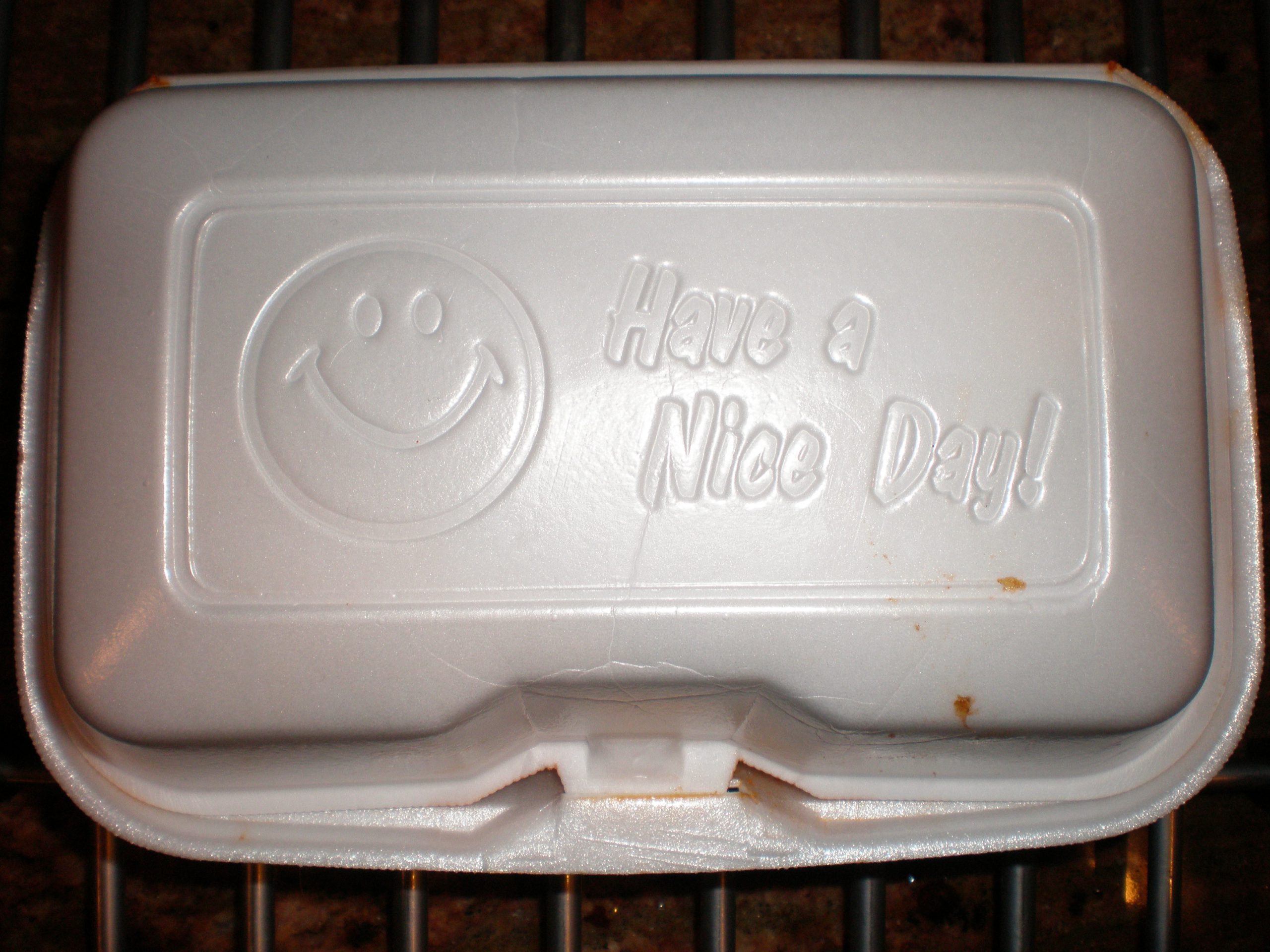Four styrene laden products to ditch
Planning a summer barbecue this weekend or stocking up for Labor Day? Well there’s a new development around the health effects of styrene, that’s been hotly contested for years. Just this week, the National Research Council (NRC) signed off on the National Toxicology Program’s decision to list styrene as “reasonably anticipated to be a human carcinogen” in its latest report on carcinogens.

The styrene industry has fought the designation as a “reasonably anticipated human carcinogen” and good government science for years. As a result styrene and styrofoam products are still quite common in the marketplace; that could change now.
What products have styrene?
Styrene is used to make styrofoam and other plastics. Styrene is all over the place. It lines your refrigerator, it’s in building insulation, in your carpet, it’s in latex and rubber and other products. So okay, maybe you can’t afford to ditch the refrigerator and carpet today. What can you do? Start by avoiding:
- Foam cups for holding coffee and hot tea.
- Foam plates and bowls that could hold hot foods.
- Takeout containers made from foam.
- The number 6 on plastic products. They don’t look like foam but do have styrene.
Here’s some advice from Dr. Weil’s well known website:
Styrene isn’t known to leach out of hard plastics, but some evidence suggests that it can leach out of foam food containers and cups when food or drinks are hot – not when they’re cold. Based on what we now know, you’re probably safe using styrene foam cups for cold drinks, but I wouldn’t use them for hot coffee or tea, and I would avoid using plastic containers for hot foods.
The doctor may be referring to a study in the journal Food and Chemical Toxicology that explores how hot foods interact with styrene (a 2009 media report cites it here). Or he may have been also referring to this 201o CDC report (scroll to section 3 on health effects). What to do? Our recent blog on this subject urged people to opt for paper products, or non-styrene plastics that are washable and reusable.
More resources.
Check out our Hazardous 100+ list, to see where styrene falls and other chemicals to avoid. Check out our recent blog ‘Styrene and Styrofoam 101” about the dangers of styrene in your food and it’s many environmental and health impacts.



